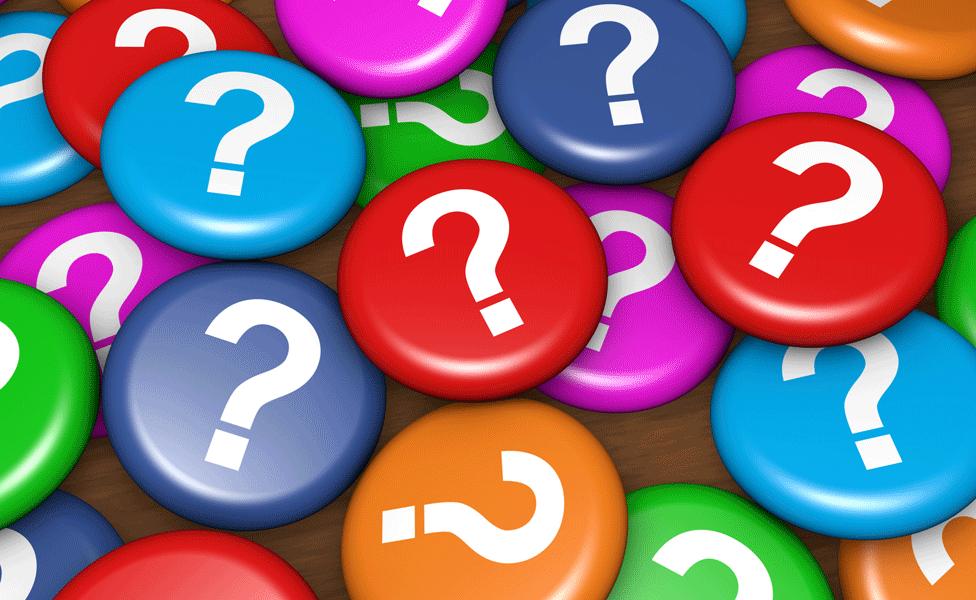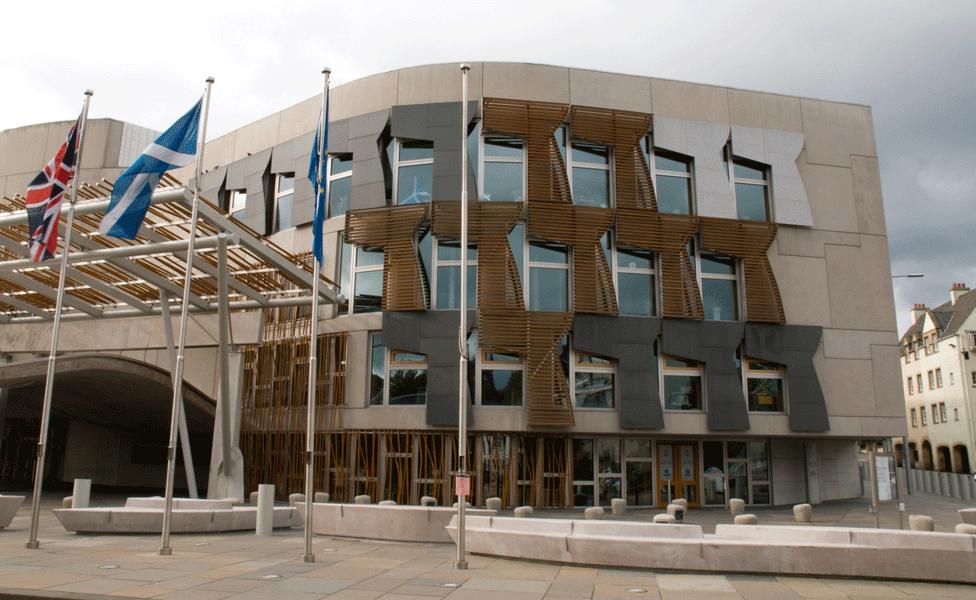Holyrood 2016: When coming second really matters
- Published

As the final days of the Holyrood election campaign quickly pass, I explain why the interesting contest is not in who could win but who could come second - (and also third, fourth and fifth).

The SNP began the campaign as overwhelming favourites to win the Scottish Parliament election.
With just a week to go that remains the case. But if the opinion polls are to be believed, it is far from certain who will come second, while there is also a key battle for fourth place.
Since the Easter weekend, six polls of how people intend to vote in the election on 5 May have been conducted and published, each of them done by a different company.
Collectively these polls give us the best guide to the likely outcome. The average level of support for the principal parties across all these six polls is shown in our table.
Source: Average of polls conducted between 1 April and 25 April by BMG, Ipsos MORI, Panelbase, Survation, TNS BMRB and YouGov.
The SNP are credited with 52% of the vote on the constituency ballot and 45% on the list.
On the constituency vote this represents a seven point increase on what the party secured in the last Scottish Parliament election in 2011, though on the list vote it is just a one point increase.
The SNP's performance in 2011 was regarded at the time as remarkable, not least because it proved sufficient to give the party an overall majority. Yet it seems that the party might do even better this time around.
Labour's poll support, in contrast, is well down as compared with what the party achieved in the ballot boxes five years ago. The party is credited with 20% of the constituency vote, down as much as 12 points. On the list it stands at 19%, down seven points.
Bad enough though these figures are, what will alarm Labour even more is that they the party only narrowly ahead of the Conservatives.
Nobody can be sure on second place
The polls suggest Ruth Davidson's party is standing at 17% on the constituency ballot, up four points on 2011, while it is perhaps doing even better on the list, with 18% (up six points).
That means the two parties are reckoned to be no more than one point apart on the list vote. Given the uncertainties that surround any opinion polling, this means that nobody can be sure who will come second on the list vote.

So far as winning seats is concerned, both Labour and the Conservatives are likely to be primarily, if not wholly, dependent on the "additional" seats that are allocated to the parties' on the basis of their share of the list vote.
So the closeness of the race for second place on the list vote means that it is also far from certain which party will have the larger presence in the next parliament.
The Liberal Democrats trailed badly in 2011, winning just 8% of the constituency vote, and 5% of the list ballot. The polls suggest the party finds itself in a similar predicament this time around; its average tally is just 6% on both votes.
Question marks over fourth and fifth places
But whereas five years ago the Liberal Democrats' performance was still good enough for the party to be the fourth largest party at Holyrood, this time that may not be the case.
The Greens, who for the most part are only putting up candidates on the list ballot, are at 9% on the list vote, up five points on their 2011 performance.
That means the party is three points ahead of the Liberal Democrats. If that were to be what emerges from the ballot boxes next week the Greens would almost undoubtedly secure more MSPs than the Liberal Democrats.
Still nobody who remembers the problems that bedevilled the polls in the general election a year ago will want to put too much faith in what they say now.
Meanwhile all the parties, however high or low their current standing, will be doing their best to win over voters in the week that is left - and so, they hope, prove the polls wrong.
You can check up on the latest polls and read more of my analysis on the What Scotland Thinks website, external.